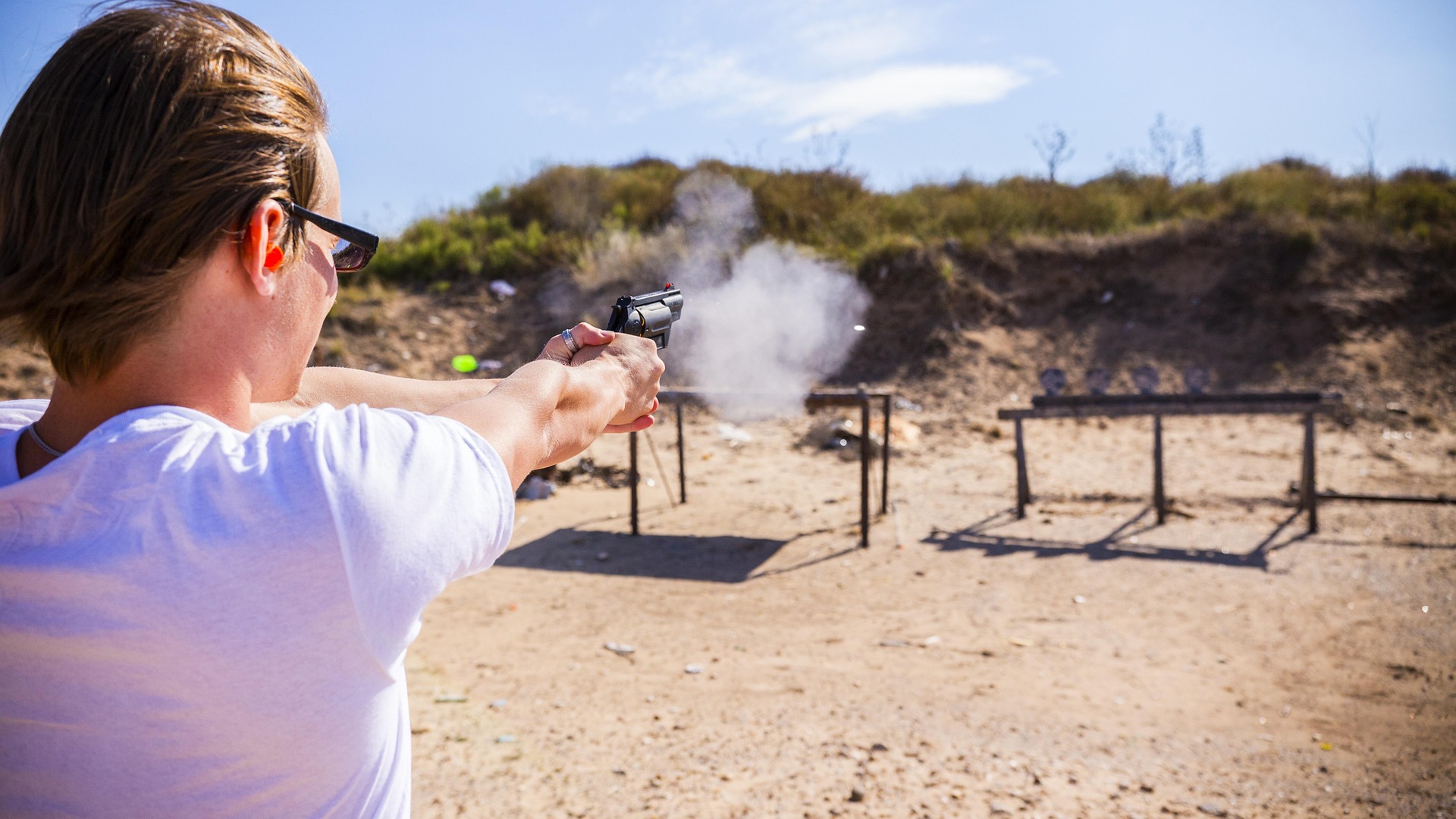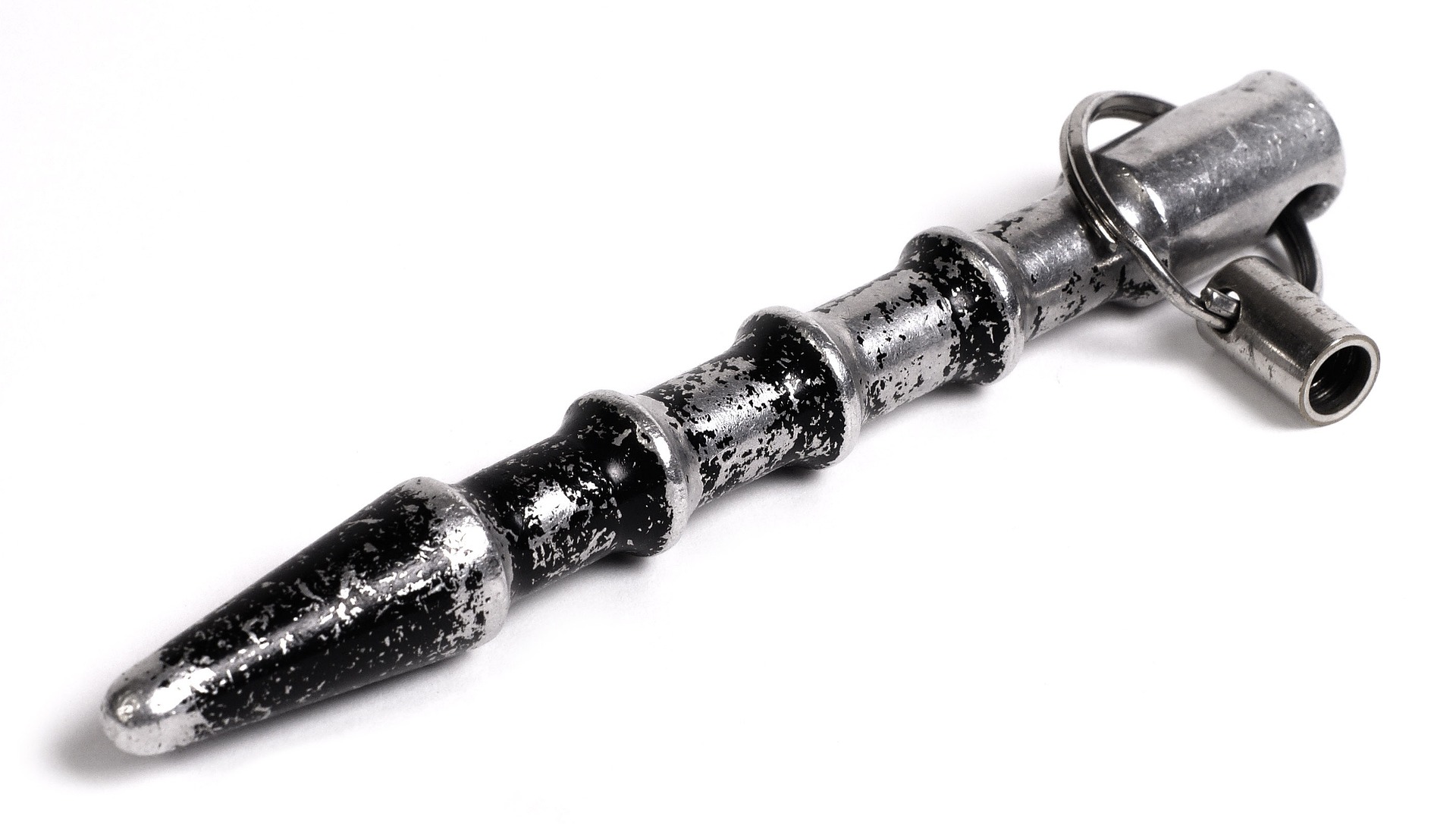In history class, I once heard a story about England’s early subway system. Unlike the enclosed trains of today, the first subway cars had open sides. The tunnels were built just wide enough for the cars to pass through. Conductors would shout a warning before the trains departed: “Mind the gap! Dangle your feet, and they’ll be lopped off!” Passengers were responsible for keeping their limbs inside the car safely.
That same principle applies in martial arts.
In kata or during drills, you can often spot the dangling arm of a beginner. After throwing a solid punch, the arm drops lifelessly by the side—forgotten, out of position, and ineffective. The student’s focus has already shifted to the next move, often the other arm, leaving their first strike vulnerable and their defenses exposed. This is where one of the most important lessons in striking comes in: Always chamber your punches.
The Power of the Piston
Your arms are like pistons in a machine: one extends while the other retracts. This recoil-and-strike dynamic maximizes speed, power, and efficiency. If one arm punches out, the other must pull back with purpose—into a strong chambered position near the ribs or in the “elbow guard” position, depending on the technique.
Letting an arm dangle is like leaving a piston misaligned—it throws off the rhythm and disrupts your performance.
Everything in Its Place
Kata practice often exposes these errors most clearly. Between the footwork, turns, strikes, and breathing, it’s easy for beginners to forget what one arm is doing while the other acts. But every movement in a kata has a purpose, and every limb has a job—even when it’s not “active.”
An arm left idle is not only unprepared for defense—it’s also an invitation for your opponent to grab, strike, or exploit.
Limb Awareness: A Hallmark of Experience
It’s perfectly normal for beginners to struggle with limb awareness. The brain is still learning how to coordinate multiple moving parts in unfamiliar patterns. With time and repetition, the mind becomes better at managing all those inputs. This awareness—knowing where your limbs are and what they’re doing even when not in use—is what separates novices from experienced practitioners.
Proper Position for Proper Defense
Being aware of your body also means protecting it. An arm held in a purposeful position can block, strike, or assist the next movement. A dangling arm, on the other hand, serves no purpose—and worse, becomes a liability.
This awareness isn’t just about your body, either. The more clearly you understand your own positioning, the easier it becomes to track your opponent’s movements. It’s not just about being present in your own body—it’s about linking your body to the environment and the attacker within it.
Mind Over Motion
In a live confrontation, your brain is processing thousands of inputs every second—movement, timing, position, pressure, angle. Every limb is like a soldier in a well-coordinated army, reporting back to central command and ready to be deployed at a moment’s notice. That’s the martial mindset: unity between body, mind, and spirit.
Don’t Dangle—Defend
A dangling arm is more than sloppy technique—it’s a gift to your opponent. It’s a lever they can pull or a door left wide open. Keep your defenses tight, your movements intentional, and your awareness sharp.
Train your mind to track your limbs. Make your body an organized unit, not a disjointed collection of movements. And above all: don’t dangle.
Looking to improve your kata, sparring, or body mechanics? Join our next martial arts workshop and take your training to the next level.



